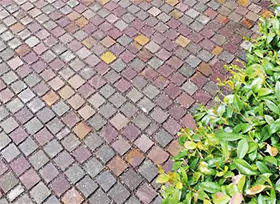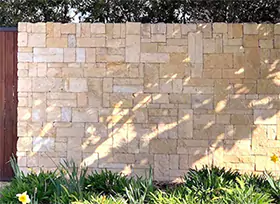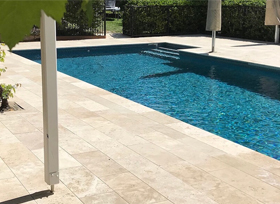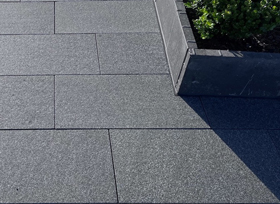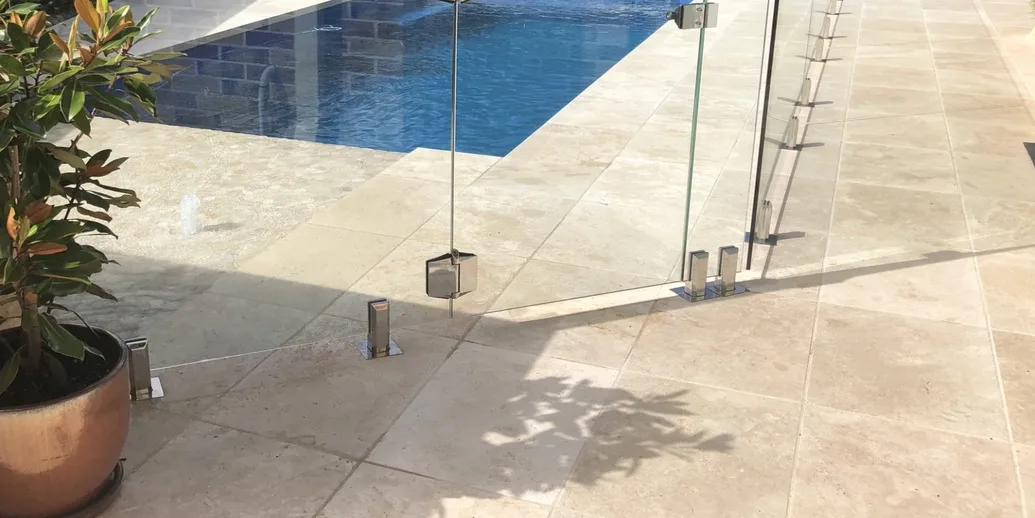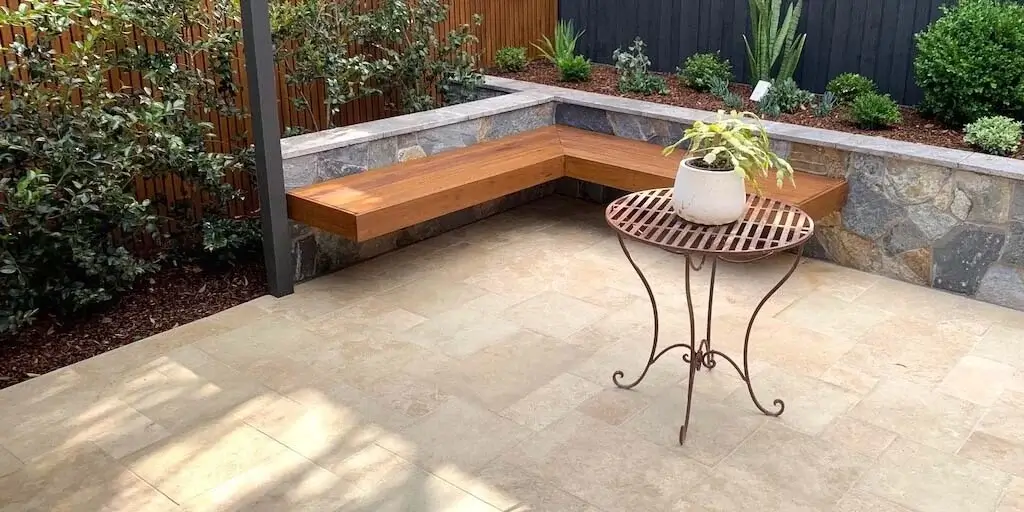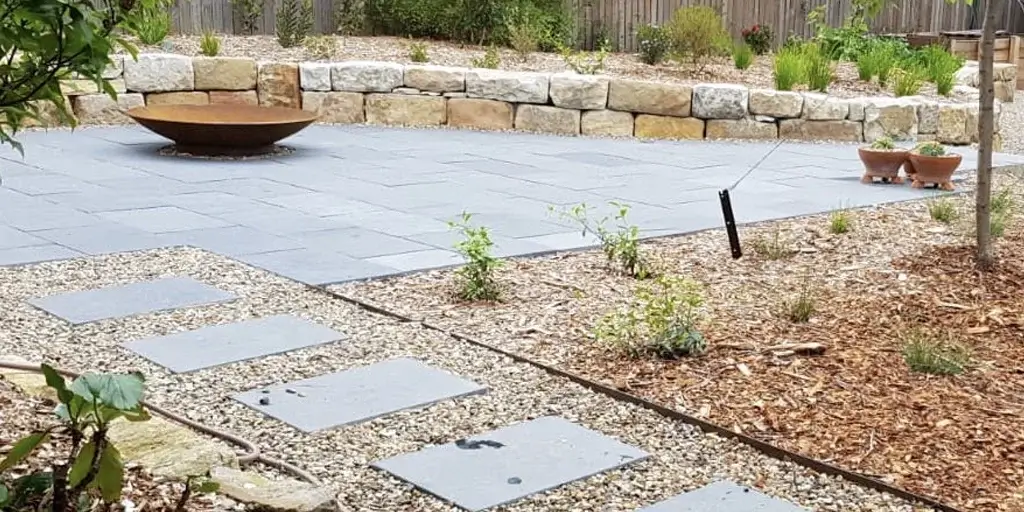The damage done to your property in the flood is immeasurable. The act of nature not only causes financial losses but is also emotionally damaging. Nonetheless, life must go on. Here are a few tips to help you restore your home after flood damage.
1. Turn power off
Floods cause standing water inside the house, and this might prove hazardous. Turn off your power supply from a dry location or call an electrician to do so. It is never advisable to turn the power on or off or use any electric appliance while standing in the water. Get the electrical system of your house checked by an electrician before turning the power on again.
2. Protect yourself
If your house has been closed for some time, it is best to dispose of perishable food items that may not have been refrigerated due to a power cut.
Your home would be contaminated by sewage water or household chemicals. Please wear boots, gloves, and masks before you start cleaning and fixing your space. These keep you safe from possible contaminants and resultant health hazards.
Use flashlights if you are moving in dark rooms.
3. Get rid of water
Draining and drying out the water should be your topmost priority. Use a sump pump or buckets to get rid of stagnant water.
Standing water and moisture should be out within 48 hours to lessen the possibilities of harmful organisms. If that seems difficult in case of a high level of water damage, get things out of your house to dry them, including your furniture, rugs, and carpets.
Use fans and an HVAC system to ventilate your home and let air reach every corner. It is wise to place fans at a window or door to help blow the air outwards instead of inwards. This would limit the outspread of mould. In case of a power cut, open the windows to promote air circulation inside your house.
A humidity meter would help you keep a tab on the moisture level in the air and a moisture meter will help you monitor dampness in floors, walls, or furniture. Remember, these may be dry to touch but still predisposed to bacterial or mould growth.
4. Replace flooring
Even if the tiles do not absorb water or were waterproofed, the wood substrate beneath would never dry up. The wood substrate acts as a breeding ground for bacteria and mould. Get rid of it. Use crushed limestone as the substrate instead of wood and lay a new floor.
Use Porcelain or Slatestone tiles due to their minimal water absorption and enormous strength. We recommend doing your floor with non-porous stones as a measure to stay safe in flood-prone areas. Any other natural stone like Travertine or Marble must be sealed and moisture protected. Also, do not use wood substrate beneath.
5. Floor treatment
If the floor damage is not too intense and floor replacement isn't required, you should follow floor sanitization. Begin by washing the floor with warm soapy water. Spread the solution with a floor squeegee. Next sanitize the surface with household bleach. Prepare a solution of 5 gallons of water with a cup of bleach. Use the floor squeegee to spread the solution across the surface. Let it air dry and not rinse the floor.
If you see mould growth, do the same process with a stronger bleach solution. The proportion should be one cup of bleach for every gallon of water.
Consider elevating your house as a safety measure against floods. Here are more preventive measures to make your home flood resistant.
6. Repair walls
Remove the drywall. Water does maximum damage at the bottom. You should remove at least one foot of drywall above the waterline up to the floor. But if the damage is more, the entire wall needs to come out. More is better in this case since you don't want mould infestation inside your home.
Dry the corners of the wall as they are most vulnerable to moisture absorption and resultant mould growth. After the insulation and drywall are removed, your wall cavity should be allowed to dry out completely.
7. Tear out the basement
The maximum amount of damage that floods do is to the basement. In case of heavy waterlogging, there are chances your house's basement would have been affected to a great extent. After draining water out of the basement, remove the debris and check for broken pipes or leakage points. it would be best to tear out the basement down to the foundation walls. Rebuild the space with mould-resistant drywalls and products that insulate the walls.
Summing up
Usually, consulting restoration experts seems a viable option to many. However, it drills a hole in your pocket. Try these easy, budget-friendly, DIY methods to restore your home and get your life back to normal after flooding. Before you choose to rebuild and restore your house, please call your insurance company to know what damages are covered in the policy. Take pictures as proof to assess the damage and claim it from the company.
*Disclaimer: All information and advice given above in the blog are to the best of our knowledge. Please reconfirm at your end before execution.






